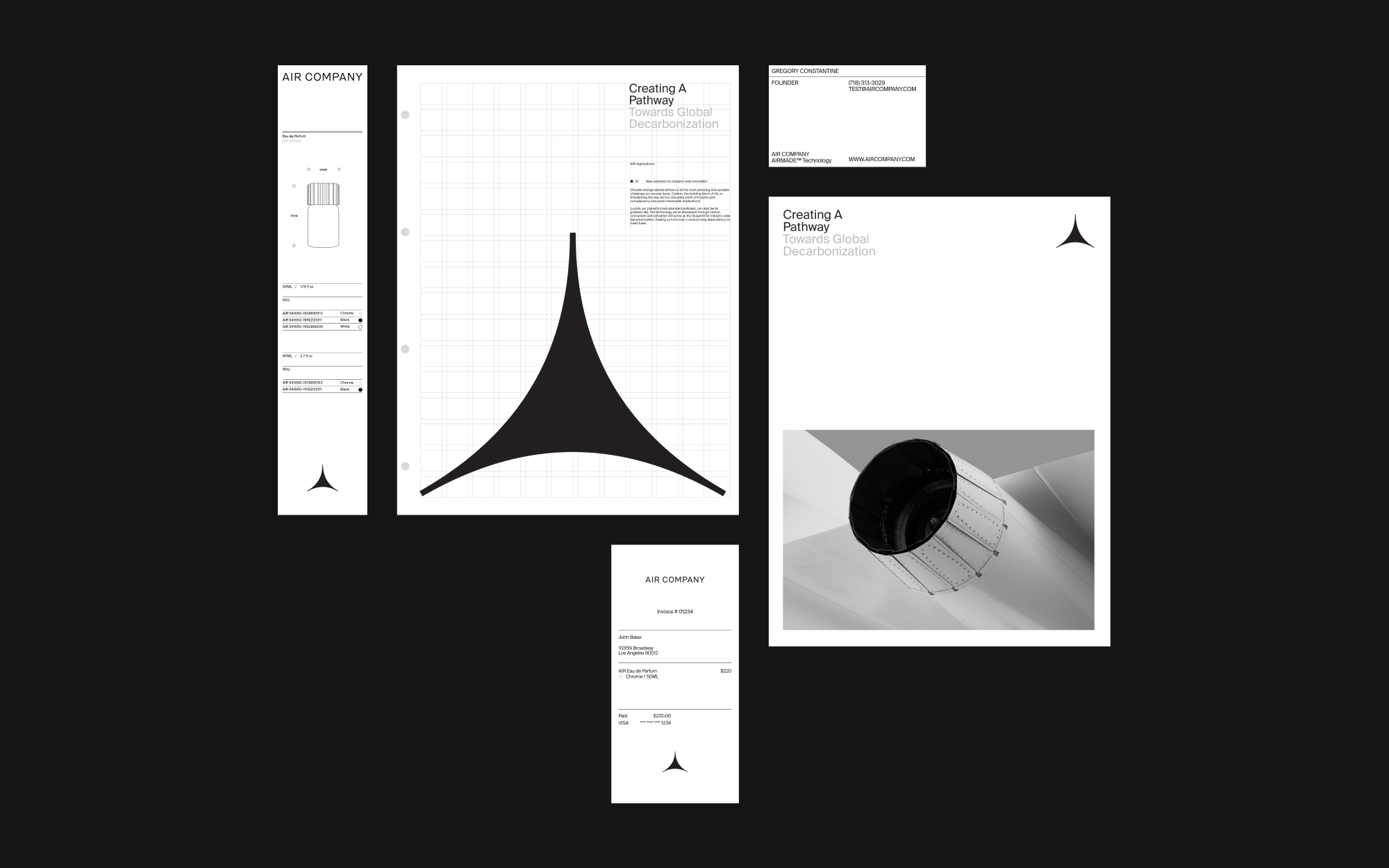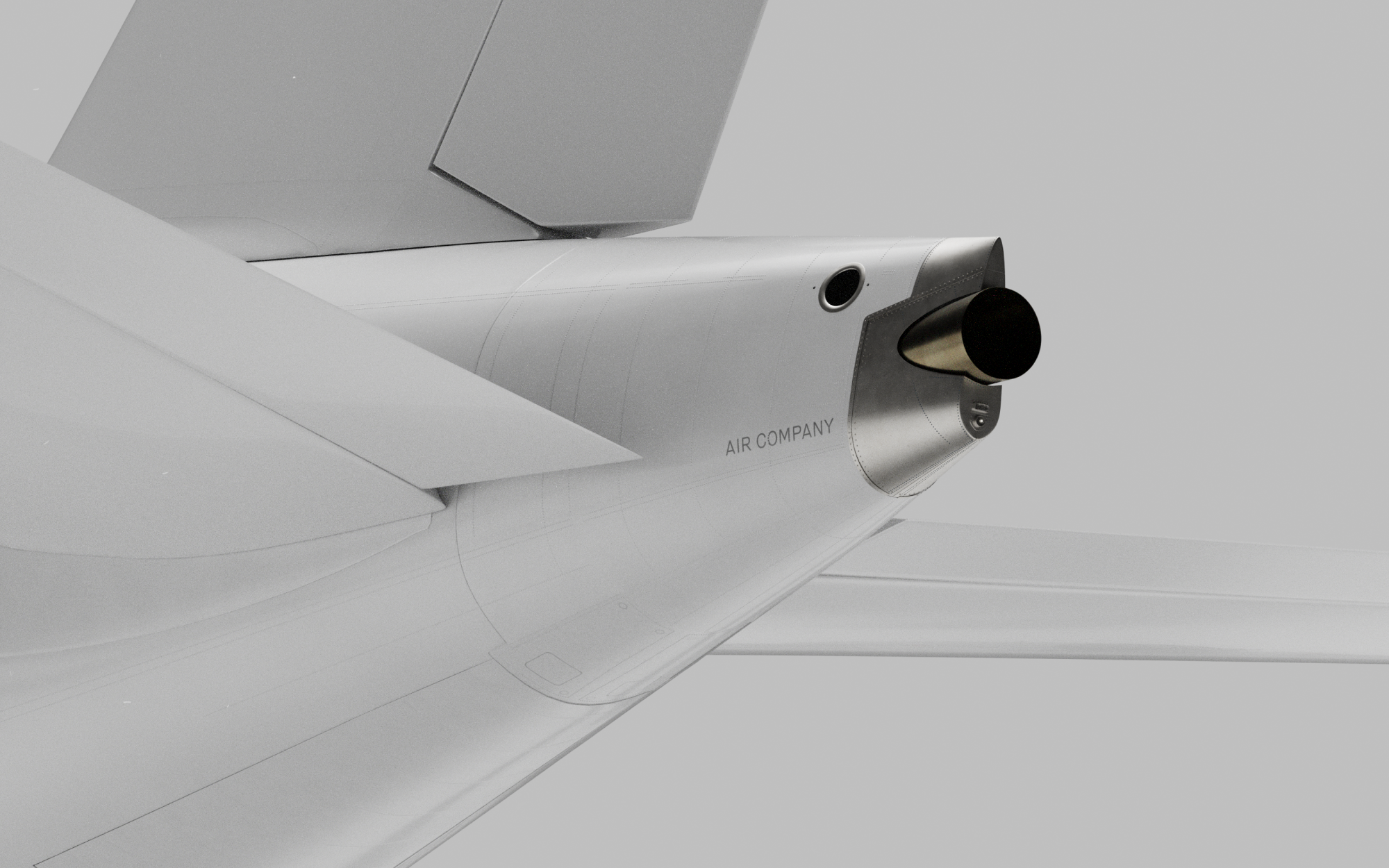Interview – 23.03.2023
AC—Never from one place. Inspiration to me has always been more of a verb than it is a noun. I’ve never found it to be this romanticised thing that just falls on our lap. It’s more so an accumulation of time spent being tuned in and searching for things that we find to contain beauty. It's an active state, so much so that I personally try to carve out at least half an hour a day with the sole intention to research outside of an algorithmic feed.
AC—They originally reachout out to us while they were pitching around agencies, we definitely were the smallest of the bunch but ultimately I think our phased approached along with the collaborators brought on were right for what they were looking for.
Previous
Previous
Spin Studio
Next
Next







